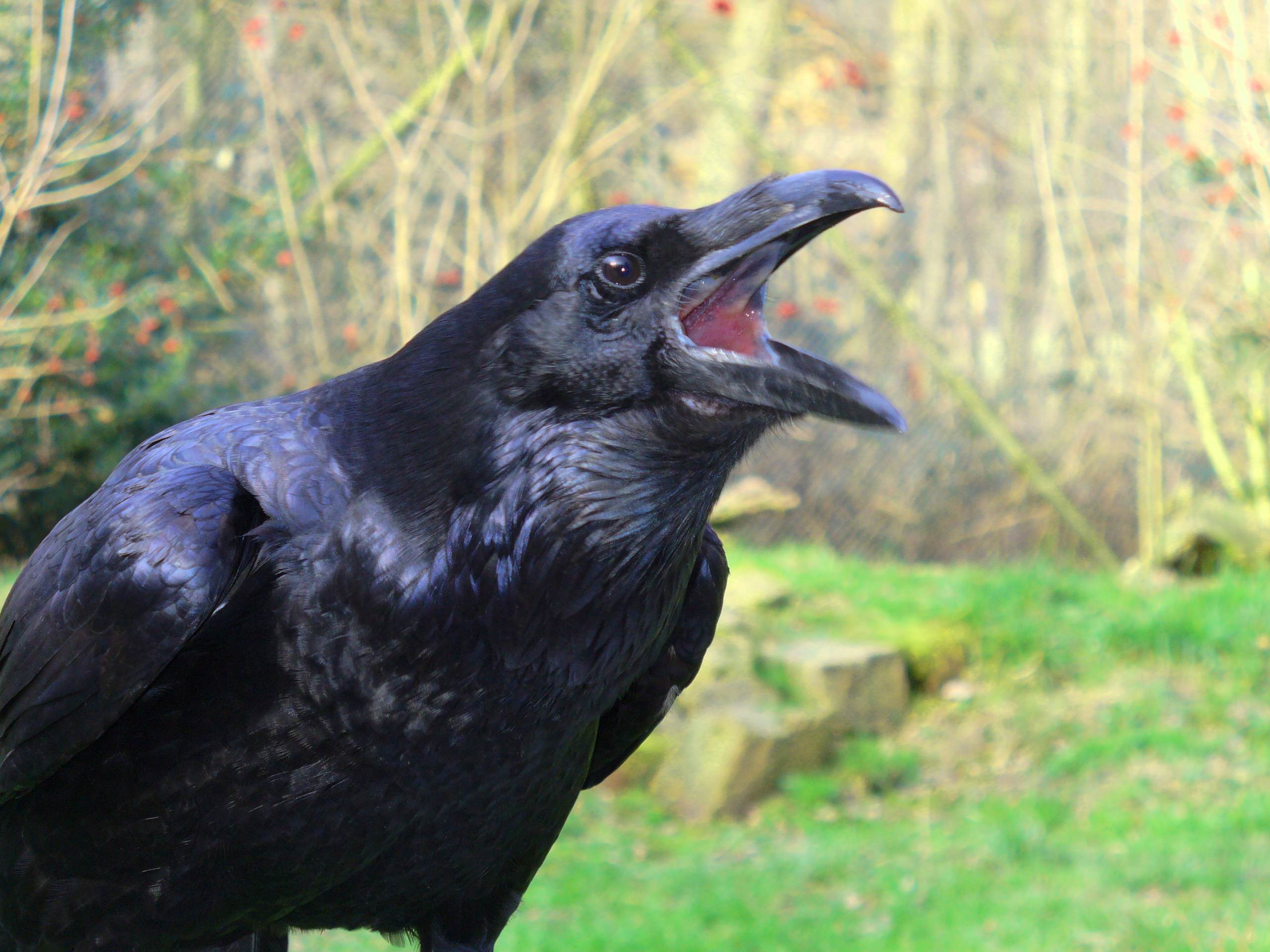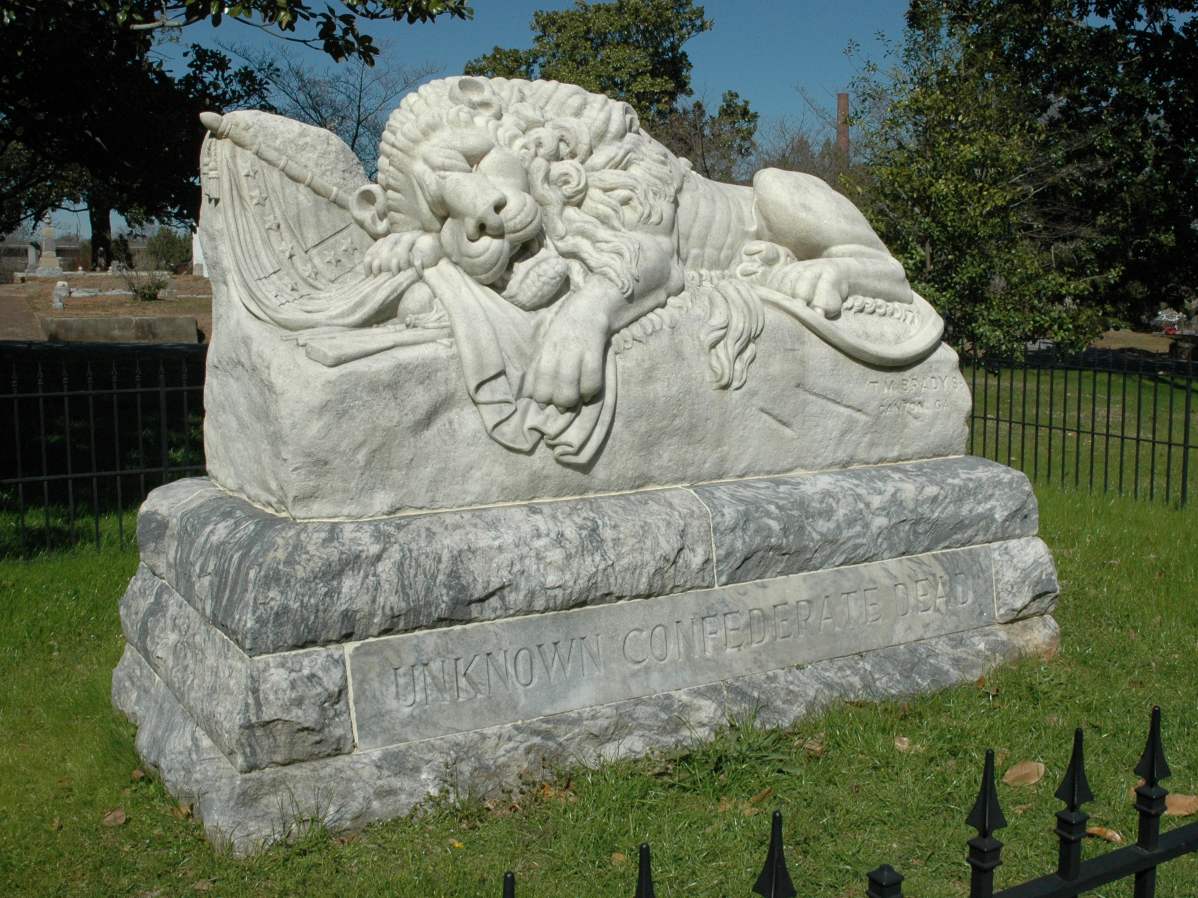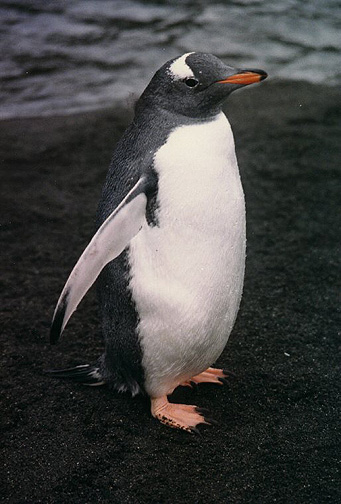Perhaps this blog has become a little too focused on art and science, I need to randomise it up a bit... but what other fields are there? Almost everything that interests me can either be broadly defined as art or science. Music, photography, sculpture and literature can be lumped together as the former, whereas astronomy, engineering, animals and nature, history and geography can be loosely associated with science, or at least, the study of those fields involves some degree of scientific approach.
Some things can be thrown onto the border between both definitions: architecture, cartography and even gadgets/electronics combine significant elements of each.
Perhaps only a few things fall outside of these two spheres.
One of these is religion and the spiritual world.
I guess you could say that science, art and spiritualism occupy the three most commonly referred to body parts; science is the brain, art is the heart, and religion has the soul. It's a neat way of looking at it, I think.
I am by nature a skeptic: I like proof and evidence.
This leads me, inexorably, to being an atheist.
I do not believe in a God, a Heaven or a Hell. There is no Devil. No sin. No spiritual afterlife.
There is a reason why no prayer has ever been answered; why there has never been any actual evidence of any kind of divine intervention; and why no miracles have ever been documented that could not be explained through scientific examination.
I personally feel that religion was invented as a way of explaining the world at a time when science was in it's infancy. It has done some good over the centuries, teaching morals and keeping records. Perhaps without organised religion, humanity would have remained barbaric and feudal, perhaps not. We'll never know.
However, the past good it may have done cannot justify the continued espousal of mystical conjecture and superstition as fact and truth. Religion was a crutch on which humanity could rely for so long, but now it is slowing us down. I respect your right to believe in whatever you choose, however I implore you to allow your children and those around you to choose for themselves as well. Indoctrination is dangerous and has no justification.
I am a supporter of the theory of evolution, and you only have to gaze into a chimp or gorilla's eyes in order to see that we came from the same place. I guess you could label my personal beliefs as Secular Humanism, which can be defined as follows:
Secular Humanism is a comprehensive life stance that focuses on the way human beings can lead happy and functional lives. Though it posits that human beings are capable of being ethical and moral without religion or God, it neither assumes humans to be inherently or innately good, nor presents humans as "above nature" or superior to it. Rather, the Humanist life stance emphasizes the unique responsibility facing humanity and the ethical consequences of human decisions. Fundamental to the concept of Secular Humanism is the strongly held viewpoint that ideology — be it religious or political — must be thoroughly examined by each individual and not simply accepted or rejected on faith. Along with this, an essential part of Secular Humanism is a continually adapting search for truth, primarily through science and philosophy.
I'm also a huge fan of Epicurus, a Greek Philosopher who lived between 341 and 270 BC. He taught that:
The purpose of philosophy was to attain the happy, tranquil life, characterized by ataraxia—peace and freedom from fear—and aponia—the absence of pain—and by living a self-sufficient life surrounded by friends. He taught that pleasure and pain are the measures of what is good and evil, that death is the end of the body and the soul and should therefore not be feared, that the gods do not reward or punish humans, that the universe is infinite and eternal, and that events in the world are ultimately based on the motions and interactions of atoms moving in empty space.
I don't feel that a rejection of religion must inevitably lead one to a path of spiritual emptiness. You have to learn to appreciate exactly what it is that makes each of us special - it is not because God put us here and gave us some instructions. It is due to a series of remarkable and beautiful events that gave birth to the Universe, our Galaxy, our planet and finally to all the fabulous life and wonders upon it, including us. Our time alive is but a fleeting moment in the history of the universe, and that is what makes it all the more special. To have this opportunity to explore, discover and invent, to love, laugh and cry, to gaze upon the stars and the majestic beauty of everything we know, is a precious gift, given to us by chance, and we should make the most of it.
You don't need to believe in an afterlife when you understand how truly fantastic this life can be, when you realise that the atoms and molecules making up your body, your eyes as you read this, have existed for billions of years, and were once part of a star, or a nebula, or another world, and will very likely be part of something else again, long after you have no need for them. The thing about that fact is that, well, it is a fact. It can be proven. To me, and I hope, to most, it is something far more beautiful and rewarding than any promised 'heaven', and it is tangible. It requires no belief, only knowledge, and that is part of its beauty.
Look.. I ended up talking about science again. D'oh!















